Many mysteries related to the construction techniques of Cham towers are still waiting to be solved, including the bricks used to build these towers.
Thoroughly solving the mystery of Cham bricks will have great significance for the conservation and reconstruction of ancient Cham relics in Vietnam today.
Cham Towers are a famous architectural form associated with the ancient Champa culture in the Central region of our country. Until now, many mysteries related to the construction techniques of Cham towers are still waiting to be solved, including the bricks used to build these towers.
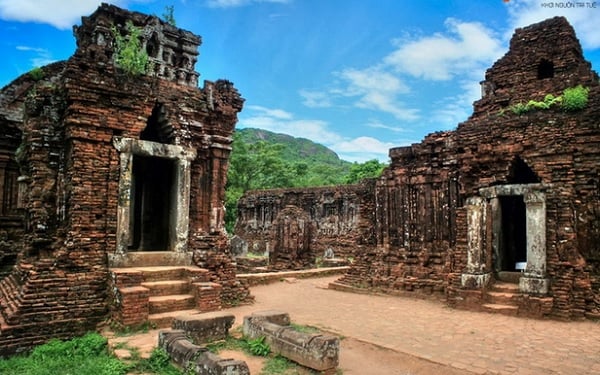
During the research of Cham towers, experts conducted many experiments related to bricks used to build towers and obtained surprising results. Accordingly, with the same size, bricks cast by conventional manual processes are 1.3 times heavier than ancient Cham bricks, and have higher compression and impact resistance.
In addition, Cham bricks and Cham towers dry very quickly after heavy rains. This does not happen with ordinary building bricks.
Many Cham bricks, when broken, reveal the raw soil inside, proving that the bricks were only fired evenly on the outside. Notably, the raw soil inside the broken bricks does not disintegrate over time.
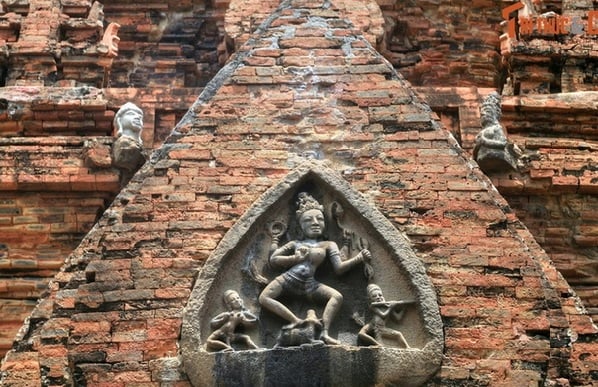
The analysis results show that the reason why Cham towers dry quickly is because in the brick production process, in addition to the main ingredient of field clay, there are also rice husks and a little lime from seashells and snail shells.
Because of the rice husk, when fired, the rice husk burns away leaving holes, the bricks are able to drain easily but still have enough strength to ensure the construction of the tower. The special technique also makes Cham bricks have a higher silica content than normal construction bricks.
In addition, there is also a lot of plant residue in Cham bricks. This ingredient prevents the broken pieces of bricks from rotting.
The bonding of Cham bricks is also a matter of great concern. The Cham bricks seem to be glued together tightly because there is no seam between them, a sign of the presence of mortar.
Researchers have discovered that when building the tower, the Cham people did not use lime mortar but used an adhesive between the bricks, otter oil - a type of tree resin with very strong and durable adhesion, completely waterproof.
On the other hand, the adhesion between the bricks is not only due to the adhesive mixture but also due to the grinding technique. It is the technique of grinding two bricks to create a mixture for the bricks. This mixture is brick powder, the substance that binds the two bricks together.
Another special thing about Cham bricks is that the original brick walls of Champa temples are never covered with moss or blackened by wind and rain, except when they are broken or separated from the natural architectural environment.
Meanwhile, if the local clay is used to make bricks to restore the tower, after a short time, the restored part will become mossy, black, or crumble and salt, no longer retaining the bright red color of the ancient Cham towers.
The question is, is there any additive in the brick-making materials used by the ancient Cham people to make the bricks last forever that experts have yet to discover?
A thorough answer to this question will have great significance for the conservation and reconstruction of ancient Cham relics in Vietnam today.
Source: https://diaoc.nld.com.vn/an-so-ve-nhung-vien-gach-xay-dung-thap-cham-196240827155632469.htm



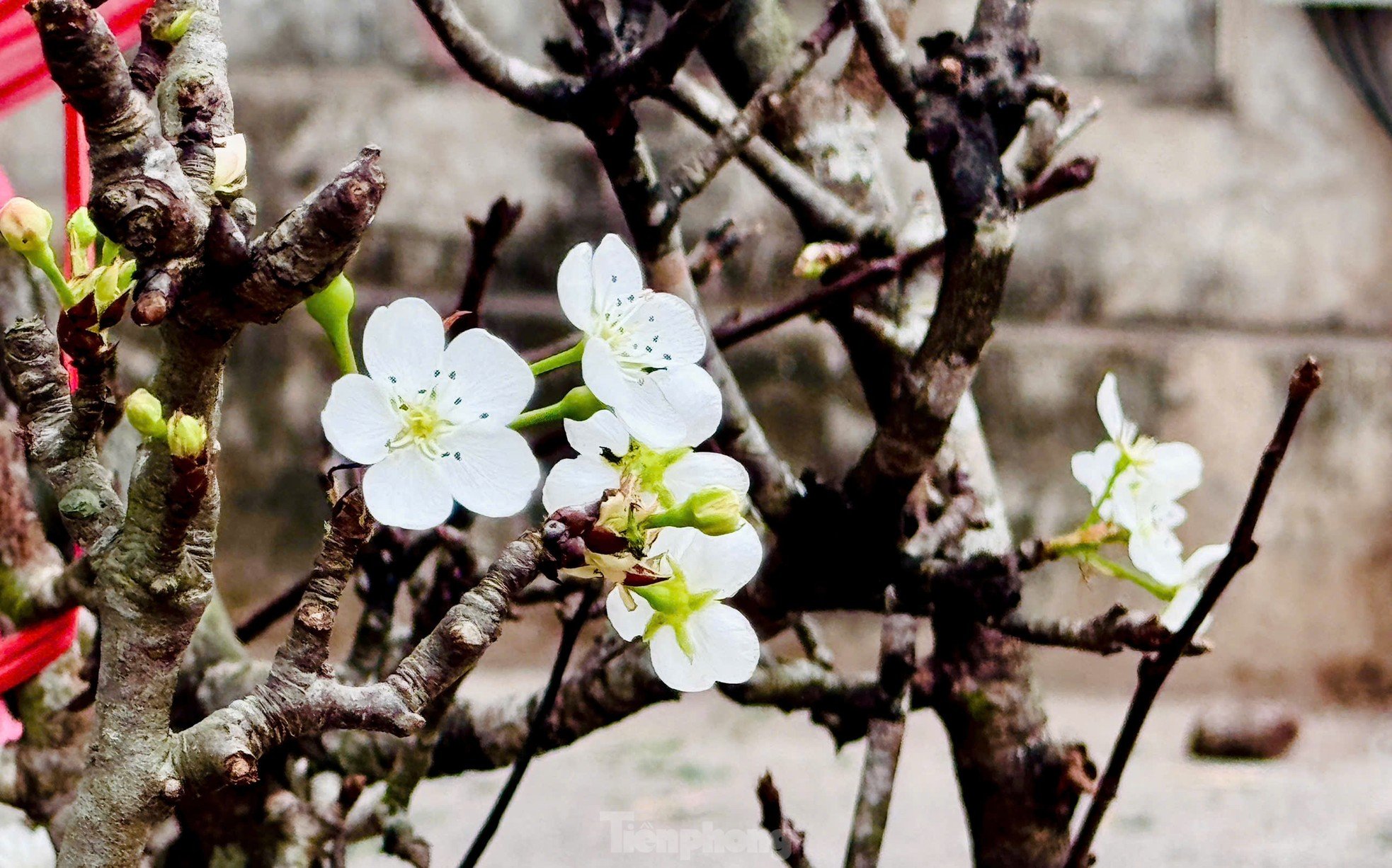
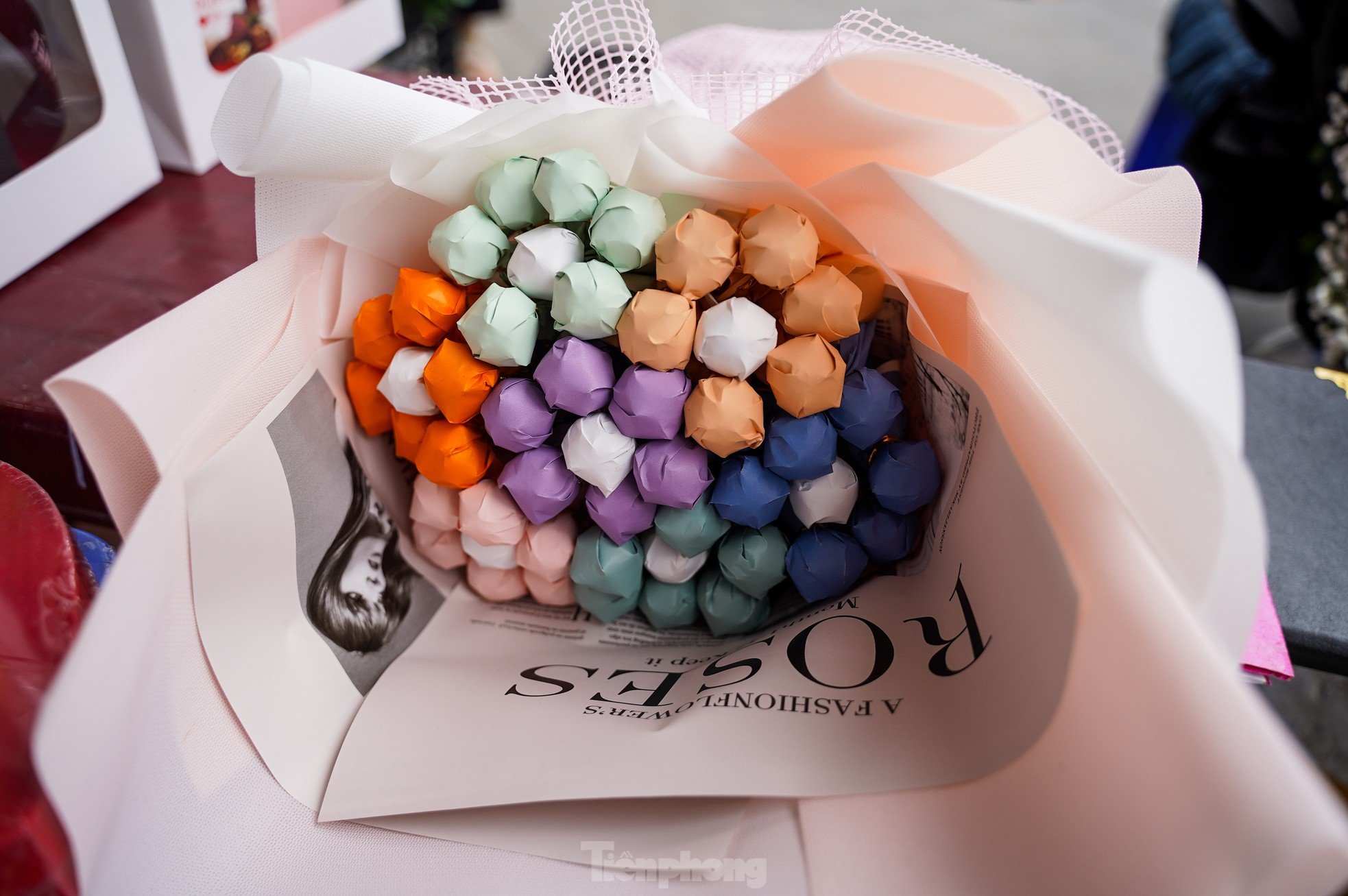

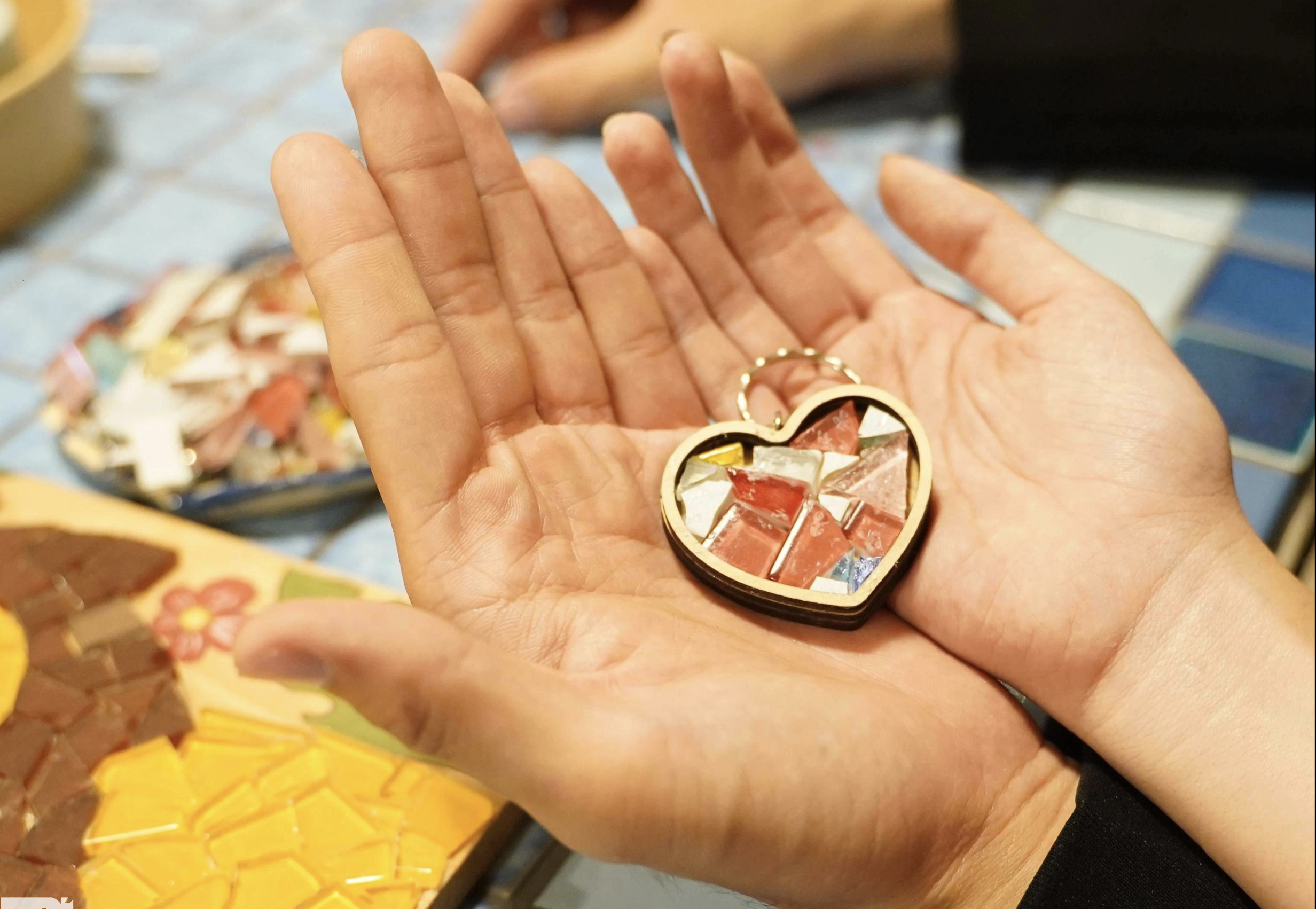























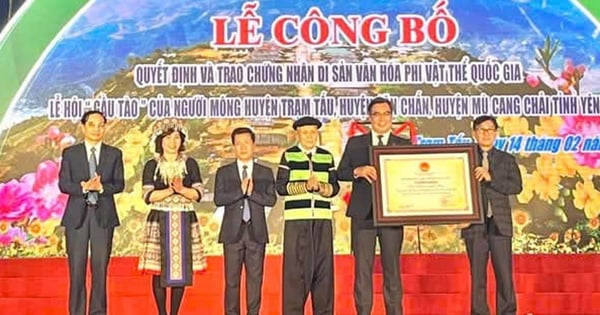

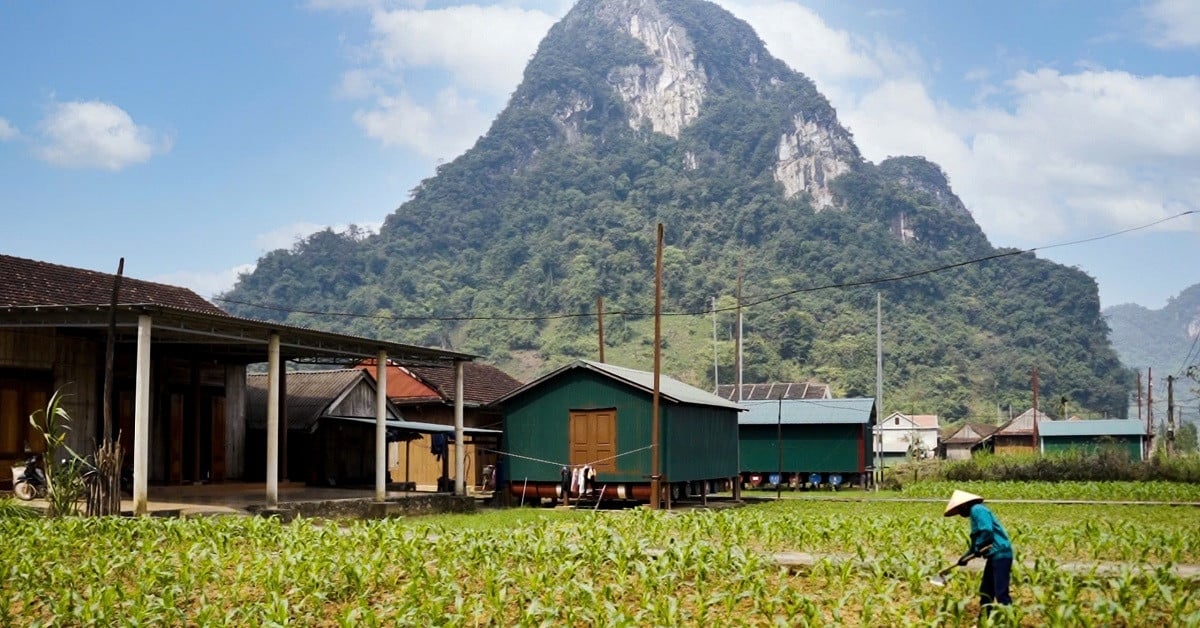



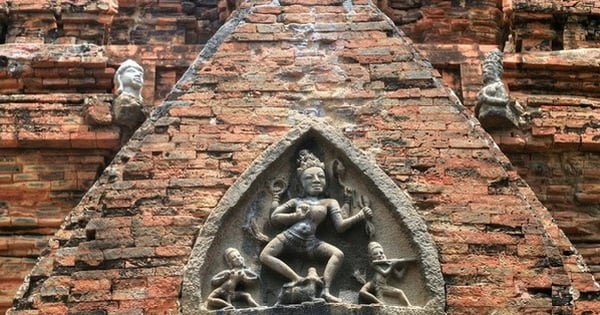

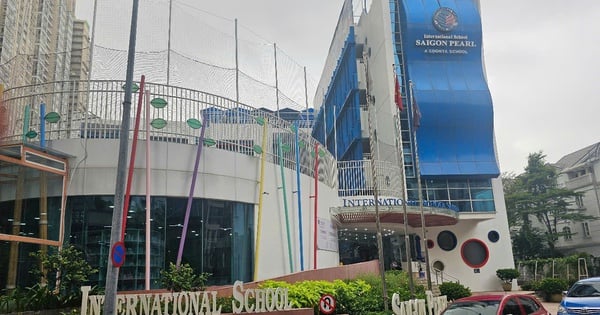

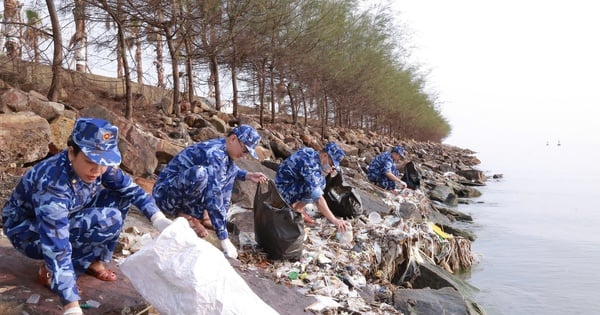
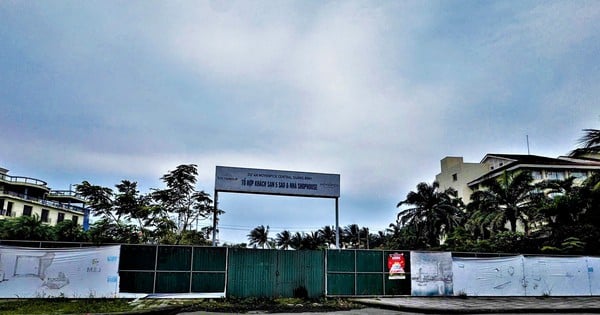
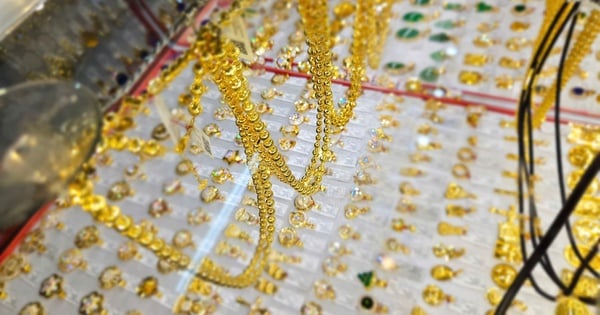

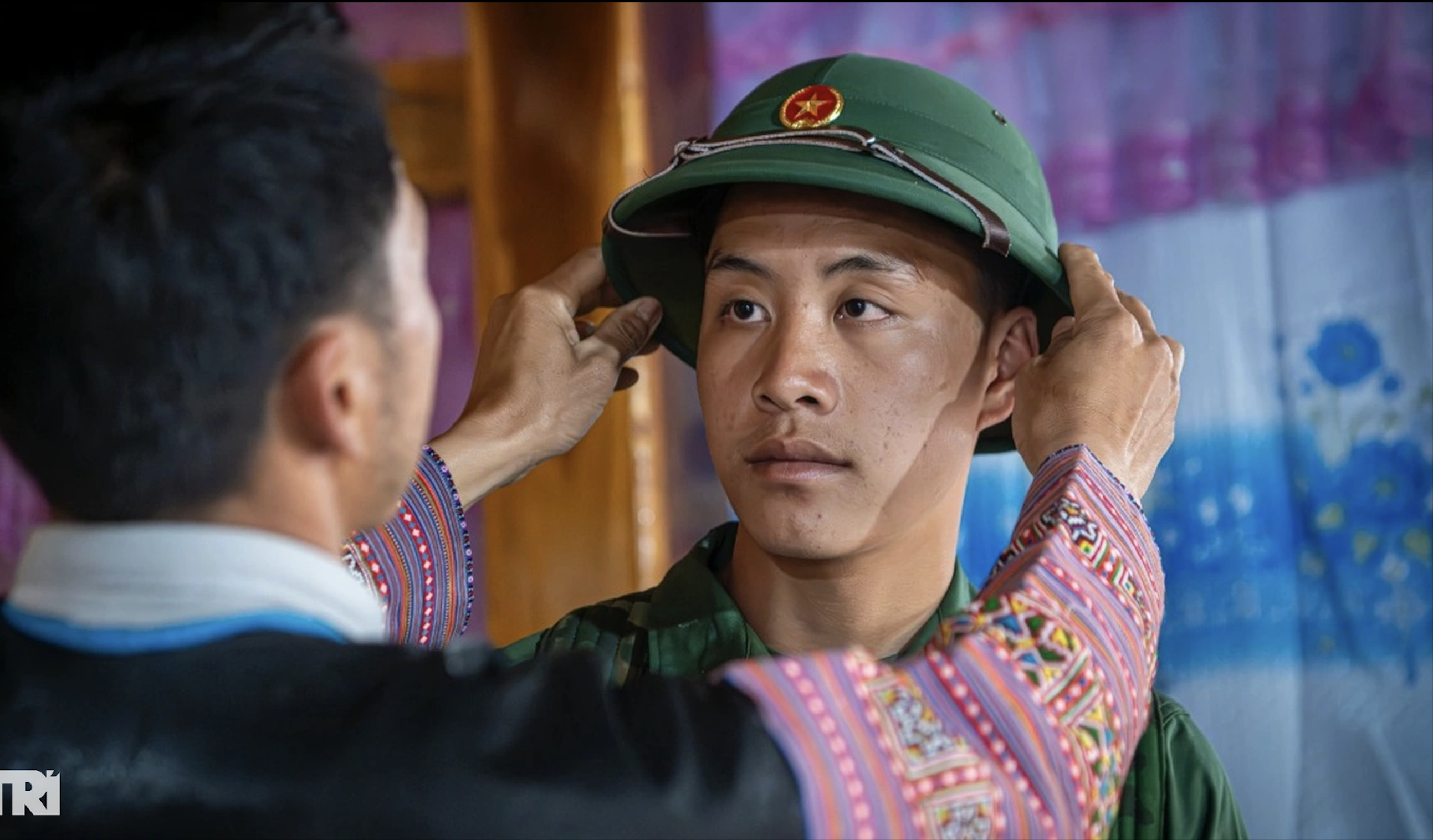




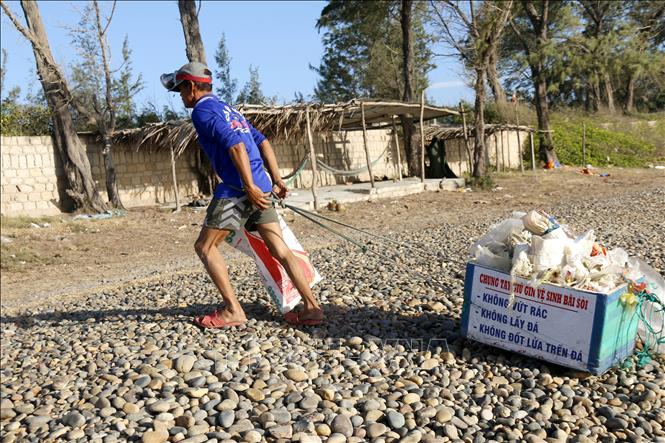


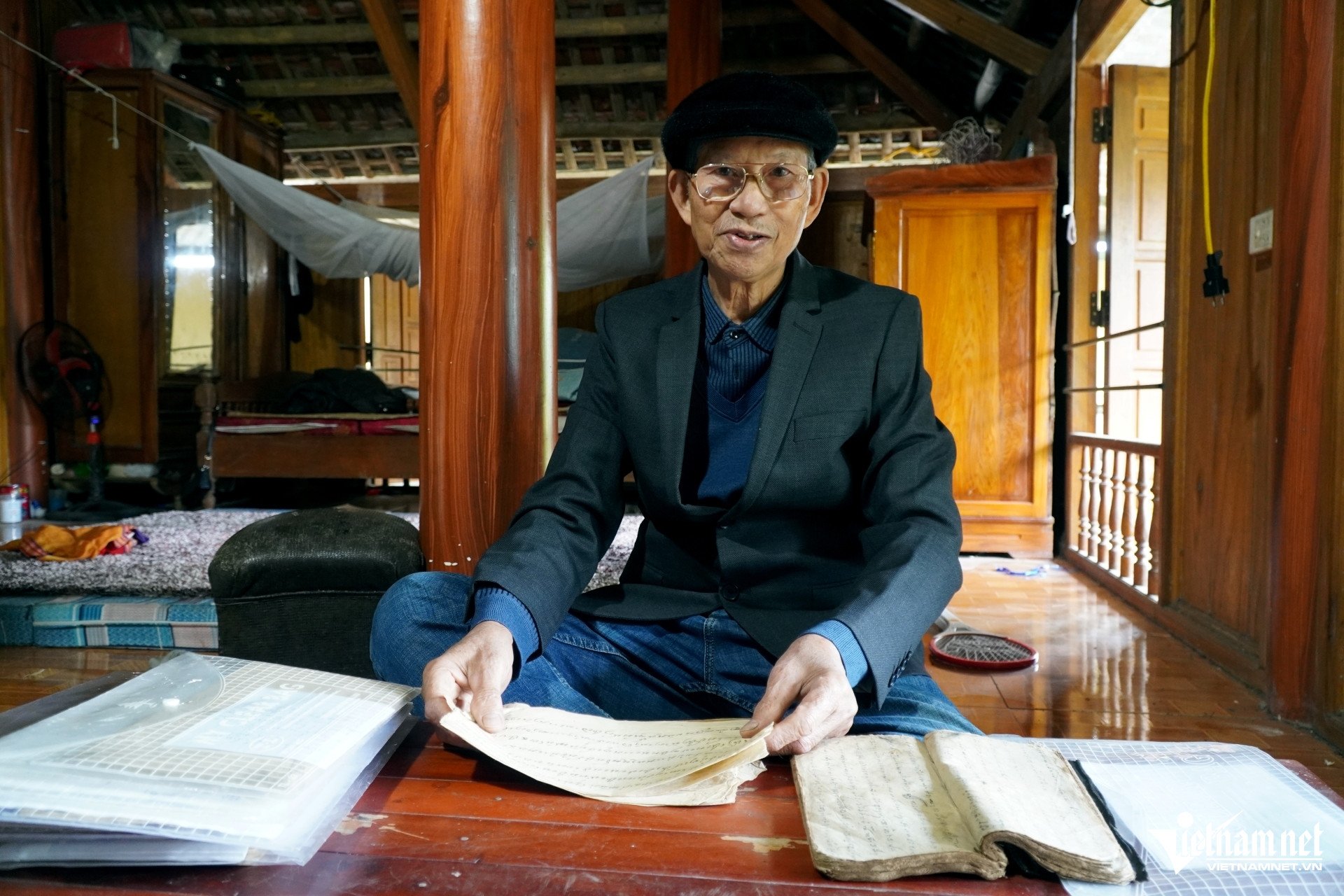



Comment (0)